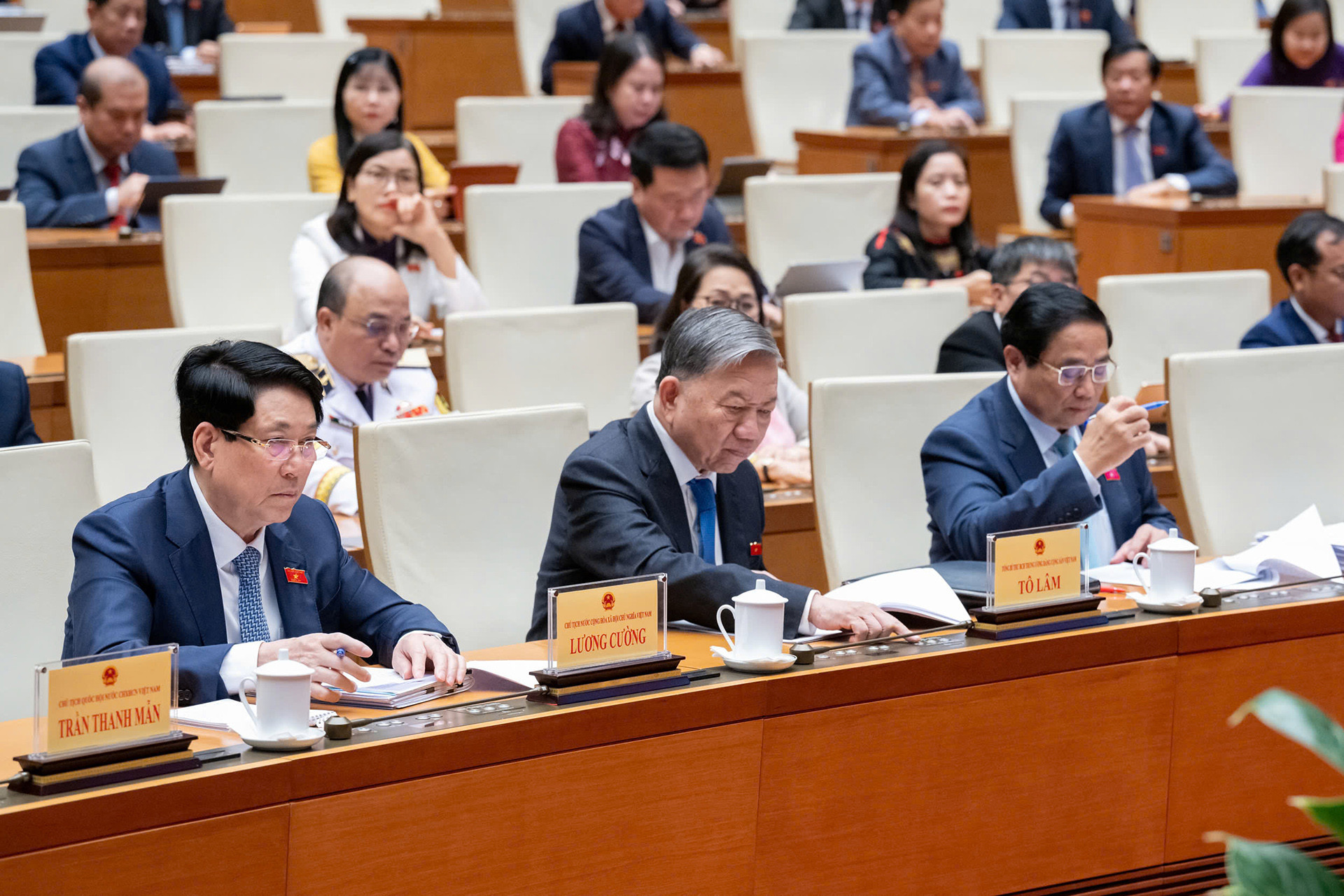On November 30, the National Assembly passed a resolution approving the investment policy for the North-South High-Speed Railway project. With 443 out of 454 delegates voting in favor, the project is set to become a landmark infrastructure endeavor in Vietnam.
The railway will span approximately 1,541 km, connecting Ngoc Hoi Station in Hanoi to Thu Thiem Station in Ho Chi Minh City, traversing 20 provinces and cities. The design specifications include:
Track gauge: Dual-track, 1,435 mm standard gauge.
Speed: Maximum design speed of 350 km/h.
Capacity: Axle load of 22.5 tons per axle.
Infrastructure: 23 passenger stations and 5 freight stations.

The project will be executed as a public investment with a total budget of over 1.713 quadrillion VND (approximately $67 billion). The feasibility study will commence in 2025, with the goal of completing the project by 2035.
Several delegates expressed concerns about the ambitious 10-year construction timeline, highlighting potential risks such as material shortages, labor issues, and cost overruns. At an average pace of 140–150 km per year, this would require meticulous planning and execution.
The Standing Committee of the National Assembly acknowledged delays and cost overruns in prior rail projects, particularly urban rail systems in Hanoi and Ho Chi Minh City. The government has pledged to apply lessons learned from these projects, including improving land acquisition, contractor management, and project governance.
The project spans three medium-term investment periods, with funding requirements as follows:
2021–2025: 538 billion VND for preparatory activities, already allocated in the Ministry of Transport’s medium-term public investment plan.
2026–2030: 841.7 trillion VND.
2031–2035: 871.3 trillion VND.
Under the 2019 Public Investment Law, only 80% of unused funds from one period can roll over to the next. The resolution accommodates funding across investment periods to ensure alignment with project progress without requiring reassessment of funding feasibility for subsequent phases.
The railway’s route was optimized to reduce total length from 1,545 km to 1,541 km. Nam Dinh City was included in the route due to its strategic location in northern Vietnam’s coastal region.
Nam Dinh is projected to handle nearly 3 million passengers annually by 2050. Over 30 years, the additional cost of routing through Nam Dinh (approximately $1.66 billion) is expected to yield benefits of $2.06 billion, resulting in net economic gains of $400 million.
The resolution mandates feasibility studies starting in 2025. The government must ensure effective project management, align funding with progress, and prioritize coordination with local authorities to address land clearance and resettlement challenges.
Tran Thuong